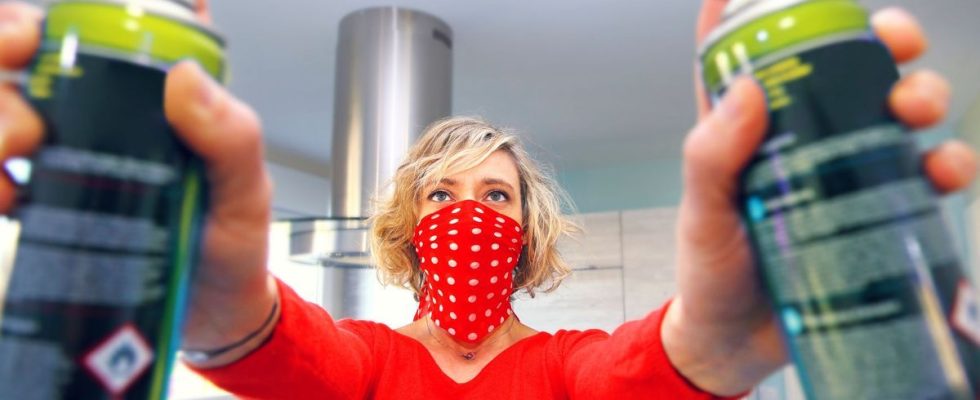Published on
Updated
Reading 2 mins.
The association 60 million consumers warns against insecticides frequently used to get rid of pests. The substances contained would indeed be dangerous for our own health.
Anyone who has ever experienced an invasion of bed bugs, mosquitoes or cockroaches knows this: when faced with pests, our first instinct is often to go and buy an effective product to regain our comfort as quickly as possible. Few, on the other hand, pay attention to the composition of these products, which are sometimes considered “lightening”.
But a new comparative analysis carried out by the association 60 million consumers could change your behavior: out of 68 anti-pest references evaluated (insecticides, rodenticides, pesticides, moth covers and lice vacuum cleaners): 70% present a significant health risk humans, pets and the environment. This news is all the more problematic since, according to ANSES, 36% of French people do not follow good recommendations for use.
Substances linked to childhood leukemia
Of all the products analyzed, several substances are directly targeted and problematic, such as pyrethroids.
“These are the most common substances in insecticides because they are effective and less dangerous than substances that have gradually disappeared, such as organochlorines. But they are no less irritating and allergenic. They would also have links with childhood leukemia.These formulas must therefore be used with maximum caution”warns Sophie Coisne, deputy editor of the magazine.
Other compounds are also harmful to health: geraniol, chrysanthemum, neonicotinoids or even abamectin. According to the magazine, these increase the “risk of damage to organs by prolonged or repeated exposure, or are suspected of having endocrine disrupting effects, of harming the unborn child or of causing childhood leukemia.”. 10% of products are also likely to cause allergic reactions, and 75% are harmful in the long term for the environment and/or pets.
Plant-based products are also pinned
In this niche, more and more references highlight the plant origin of their active substances. More “green” pest control products which are not, however, free of risks. Several of them got bad scores.
“Many of them use a variety of pyrethrum that is being evaluated for endocrine disrupting effects, and which is likely to trigger allergic reactions” advance the magazine.
Other products are also singled out for their sensitizing essential oil content (peppermint or lavender). In addition, some essential oils are also toxic to cats such as eucalyptus or tea tree. For the association, to avoid hazardous substances as much as possible, it is better to favor mechanical and natural solutions such as freezing, washing linen at 60 degrees, swatters or even mosquito nets.

